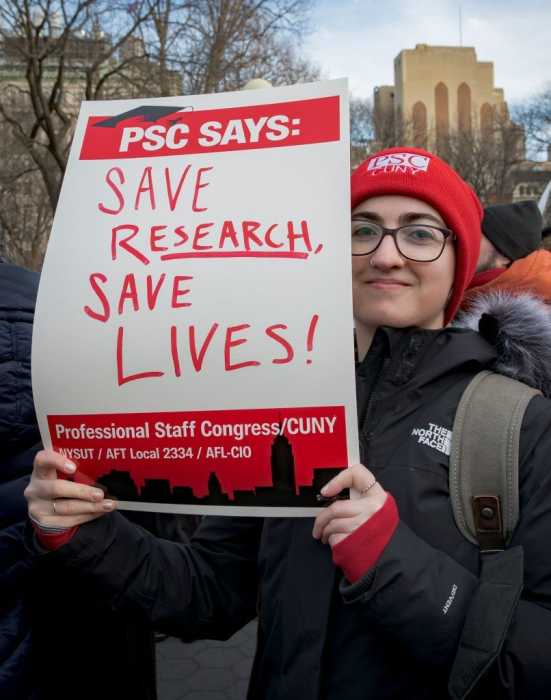In October, the Department of Health and Human Services closed its “comment period” for the new regional health insurance exchanges – a major component of the Obama health reforms.
As state officials implement their plans, they should strive to ensure that these exchanges don’t crowd out free market insurance mechanisms. While the options available on these exchanges will work well for many people, a substantial slice of the patient population will find them unsuitable.
Preserving a vibrant private insurance market in addition to the exchanges will maximize choice and enable people to find the insurance plan that best fits their particular needs. When the President said that people who are happy with their insurance “can keep it,” we should keep him to his word. Choice is crucial.
The thinking behind the exchanges is sound. Large employers can negotiate good health insurance rates because they have a big workforce to spread risk. Individuals and small businesses don’t have that advantage, and therefore they end up paying significantly higher rates than their larger counterparts.
Exchanges will help level the playing field. Participating insurers will offer a standard set of plans that must conform to specific government standards. Groups of people that typically have difficulty finding affordable insurance, including the self-employed, unemployed, and smaller firms, can buy the standard plans through the exchange.
In this way, these groups can pool their purchasing power and get lower rates. The federal government will also provide subsidies for lower income consumers.
Exchanges go live in 2014. If a state hasn’t started the process of establishing one by 2013, the federal government will take over the responsibility and run the exchange itself.
The healthcare law imposes an array of legal requirements on insurers that participate in the exchanges. Insurers must include a package of to-be-defined “essential” benefits in all plans offered. Insurers are also prohibited from charging deductibles exceeding $2,000 for individuals and $4,000 for families.
The exchanges only require insurers to offer two types of coverage. “Silver” plans covering 70 percent of all medical costs. And “Gold” plans covering 80 percent.
Many consumers will benefit from these newfound choices. But not everyone will find them suitable.
There are people who will want even more expansive coverage, say a “Platinum” plan covering 90 percent of costs. And there will be patients who want to risk higher out-of-pocket expenses for lower upfront charges, and are happy with a “Bronze” plan covering just 60 percent of costs.
And still there are other demographic groups who won’t find any of these options ideal. The young and healthy typical don’t require much medical care, and just want catastrophic coverage in case of an emergency.
As is, the exchanges aren’t required to offer these other options. And the federally mandated minimum benefits effectively prohibit the exchanges from offering cheap, stripped-down plans.
Healthcare coverage isn’t one-size-fits-all. There needs to be an insurance market outside the government exchanges to ensure people with unique plan preferences can get the coverage they want.
The new insurance exchanges will reduce the number of uninsured, and should decrease the price of coverage for many patients.
But policymakers and private healthcare stakeholders need to work together to ensure that the exchanges don’t become the only way to get health insurance. The more options patients have, the more likely they are to get the coverage that best fits their individual medical needs and financial means.
Peter J. Pitts is President of the Center for Medicine in the Public Interest and a former FDA Associate Commissioner.




































